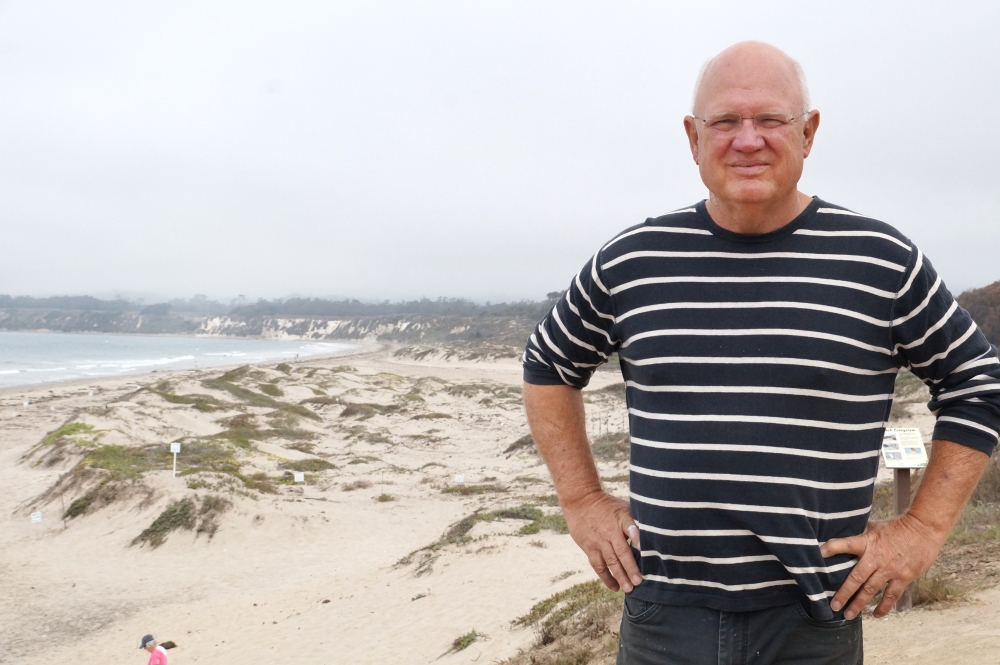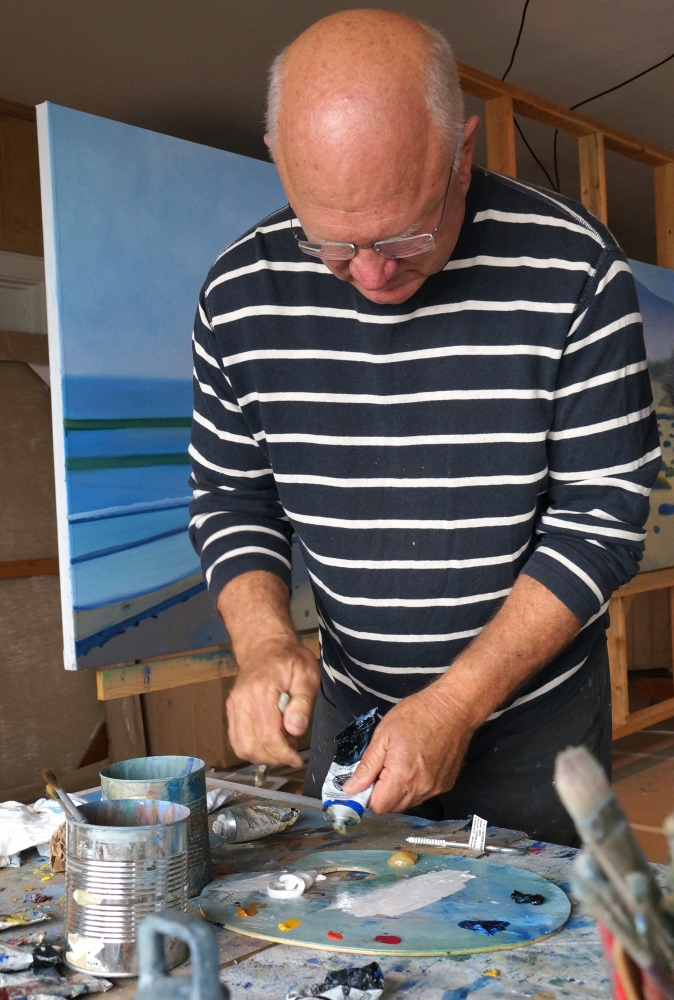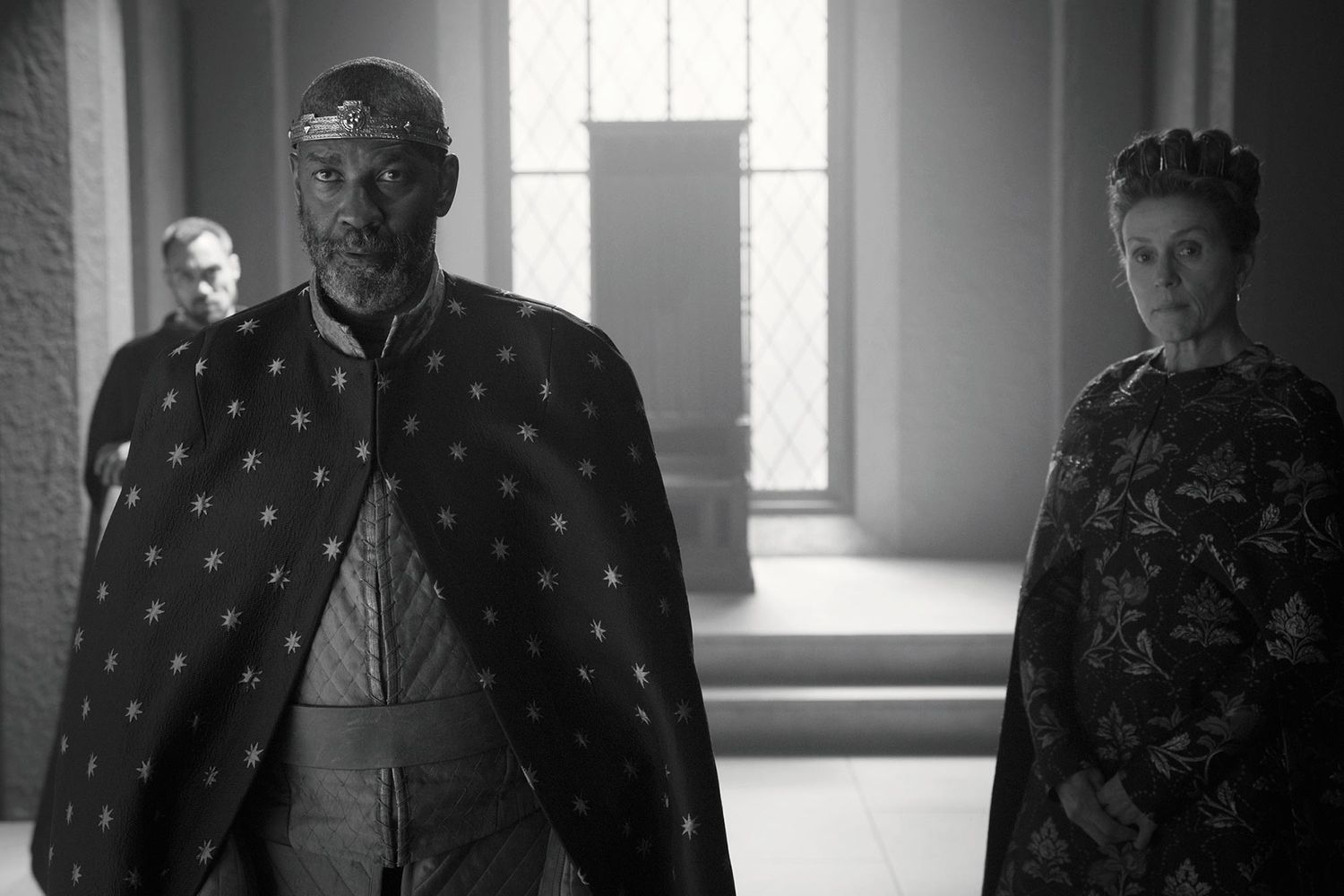A Brush With Preservation


When Hank Pitcher first set out decades ago to paint Coal Oil Point, one of his favorite subjects, he was doing it to memorialize a place he thought was going to disappear forever.
“I grew up in a time when Isla Vista went from about a hundred families, and cattle, and bean farms, and fields of wildflowers from Abrego Road to the freeway, to one of the most densely populated areas in the world, just during my lifetime,” said Pitcher, who teaches art at UC Santa Barbara’s College of Creative Studies. A residential project was once slated for construction at the Point, with high-end homes and a marina replacing the gently rolling dunes. Manicured landscapes were to replace the windswept grasses and coastal scrub.
Fortunately for Pitcher, and, really, anyone who loves Coal Oil Point, the place became a reserve, established by UCSB in 1970 with the intention of restoring and preserving it for research. Instead of continuing the downward trajectory of deterioration that came with years of people using the area as a party place, or the destruction of the surf and natural coastal landscape that development would have caused, years of restoration work brought back the vegetation and the habitat, and preserved the surf and beaches that Pitcher sought to commemorate.
Instead of completely moving on to other subjects, however, Pitcher stayed at Coal Oil Point Reserve (COPR), in his studio at the edge of the bluff, overlooking the Santa Barbara Channel. Much like the beloved Japanese woodblock print series “One Hundred Famous Views of Edo,” from which Pitcher takes some inspiration, COPR is subject and muse, real home and idealized location, a place he knows like the back of his hand yet always offers up something unique.
“This is the beginning of the Gaviota Coast; it’s one of the least disturbed Mediterranean ecosystems in California,” he said of COPR. “Mediterranean ecosystems are found in just five areas of the world. This region, with its glorious weather and fragile landscapes, has attracted people for thousands of years, resulting recently in the degradation that comes with too many people, too many exotic species and a utilitarian land ethic. It is not only beautiful and desirable but these last few miles of this precious resource are important to preserve — for scientific research and as a place where it is possible to experience and explore an aesthetic and spiritual relationship with nature.”
Pitcher’s latest work illustrates his ongoing familiarity and fascination with the place. Massive paintings, four feet tall and 17 feet long, line the walls of his studio, each depicting a view, a moment, maybe even a feeling that you get when you’re surrounded by unspoiled nature.
“There’s something that happens when you’re in a landscape that is formed by the forces of nature instead of the interests of man,” said Pitcher. The project is a cycle of paintings of different views at COPR during the different seasons.
One painting captures what Pitcher calls the “green sheen” of days in the spring when a shower spurs the growth of all things green. Another captures a view of the ocean on what could be a summer morning, with sand dunes and an undulating trail. A light haze envelops Point Conception in the distance. This painting is going to the new Goleta Valley Cottage Hospital, chosen for its soothing aspect and its size. Pitcher felt it was important to share this panorama, one of the few unspoiled views in the area, with people who could be going through a rough spot in their lives. It would give them something to look at, he said, somewhere to go.
All this — the painting, the views, the witnessing of the cycles of the seasons — Pitcher calls research. As someone who teaches in the art program at UCSB’s College of Creative Studies, his instruction involves teaching students — often students in the college’s science programs — how to see nature as more than a collection of discrete organisms.
Pitcher regularly teams up with CCS dean and botanist Bruce Tiffney, who specializes in the evolution of plants over time. Together they teach classes at COPR and also at UCSB’s Sedgwick Reserve in the Santa Ynez Valley.
“Our philosophy in teaching together is that art and science are alike, in the sense that they are both about careful observation, and the more you see, the more you know, and the more you know, the more you see,” said Pitcher.
“I particularly love Hank’s work here, because it blends science and art,” said Cris Sandoval, biologist and director of COPR. She and Pitcher teach a class called “What’s Bugging You?” It’s a class that endeavors to teach students to observe nature from both an artist’s perspective as well as from a scientist’s point of view. The students are taught how to capture insects and dissect them, all the while analyzing not just their parts but how they function together. The result is a large painting, and a deeper understanding of the tiny denizens of Coal Oil Point Reserve.
“All of a sudden their eyes open, and they see a function — a flower isn’t just a pretty shape anymore, it attracts pollinators. I see the same picture and the flower becomes more than just a function to me. Now it’s a beautiful thing,” said Sandoval, who has lived at Coal Oil Point for decades, assisting researchers and heading restoration efforts. For her, the succession of Pitcher’s paintings from when COPR was on the brink of development to now are sometimes even more telling than photographs.
After almost four decades painting and teaching at Coal Oil Point Reserve, one would think Pitcher would know everything there is to know about the place, but no. Like everything else at COPR, his understanding of the place grows and evolves with every study, every season. His next project, a series of even larger paintings, he says he will imbue with more detail, something of a departure from the flattened shapes and minimalist and representationalist style he has become known for.
“One of the things I love about this university and the classes that I’m able to teach here is that I’m always learning,” said Pitcher.



